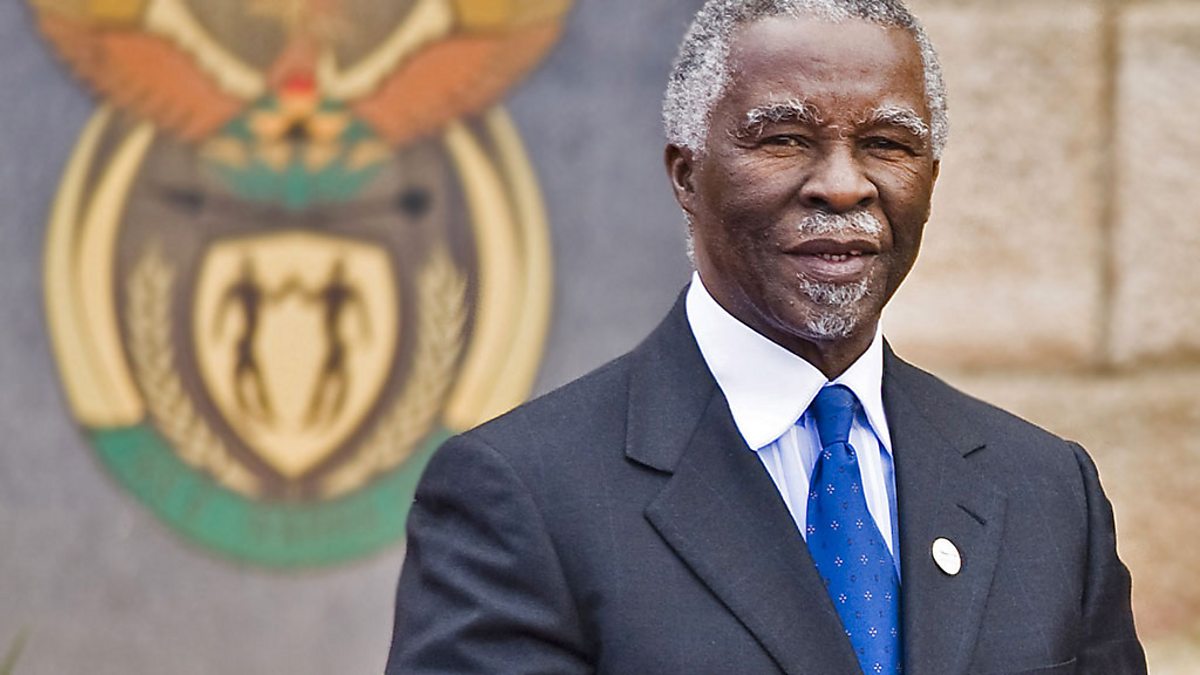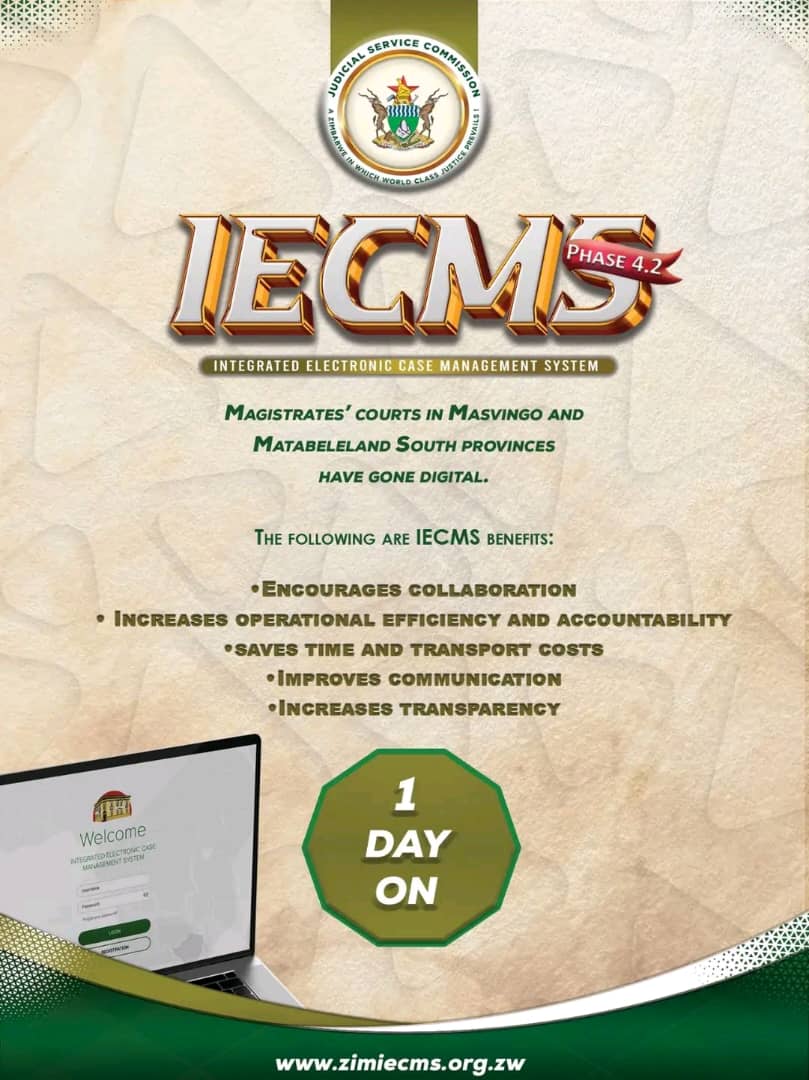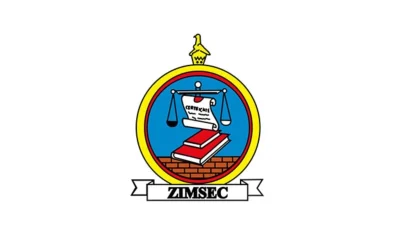Current Affairs
Opposition planned 2008 Xenophobic attacks on Zimbabweans: Thabo Mbeki

By Enia Dube
Former South African President Thabo Mbeki has made a stunning revelation about the 2008 xenophobic attacks on Zimbabweans in South Africa, claiming they were a deliberate attempt to force then-President Robert Mugabe to resign.
In a recent interview, Mbeki alleged that the attacks, which left dozens dead and hundreds displaced, were not just spontaneous outbursts of violence but a calculated strategy to pressure Mugabe’s government. He also claimed that certain forces within South Africa and internationally orchestrated the violence to achieve regime change in Zimbabwe.
“The 2008 xenophobic attacks were not just random acts of violence, but a planned strategy to force Mugabe to resign. They were external forces that wanted to see the back of Mugabe, and they used the attacks as a means to achieve that goal,” added Mbeki
Mbeki’s claims have sparked a heated debate about the true nature of the 2008 attacks and the involvement of external forces. While some have welcomed Mbeki’s revelation, others have questioned his motives and the timing of his statement.
“Mbeki’s claims are a wake-up call for us to re-examine the circumstances surrounding the 2008 attacks,If true, it’s a damning indictment of those who would use violence and intimidation to achieve their political goals.”said a political analyst who preferred anonymity.
The 2008 xenophobic attacks remain a dark chapter in South Africa’s history, and Mbeki’s claims have raised important questions about accountability and the need for transparency. As the country continues to grapple with the legacy of those attacks, Mbeki’s revelation serves as a reminder that the truth is often complex and multifaceted.

Current Affairs
Zimbabwe Ushers in Digital Justice with Magistrates’ Courts Overhaul

Judiciary, Zimbabwe has successfully launched the digitalization of all 16 magistrates’ courts in Matabeleland South and Masvingo provinces under Phase 4:2 of the Integrated Electronic Case Management System (IECMS).
This transformative initiative, which builds on the success of earlier phases, promises to revolutionize the nation’s judicial system by enhancing efficiency, reducing corruption, and making justice more accessible to all citizens through cutting-edge digital solutions.
“The IECMS is designed to streamline case management processes, reduce delays, and ensure secure, accessible court records,” said the Judicial Service Commission.
By transitioning to a paperless system, the initiative eliminates printing and photocopying costs, reduces travel expenses through virtual civil court sessions, and saves time by improving communication.
Court users will receive real-time updates on case progress via email or text messages, ensuring greater transparency and engagement. This system is a game-changer for Zimbabwe’s judicial landscape.
The IECMS not only accelerates judicial proceedings but also provides critical data analytics to inform policy and decision-making, while significantly reducing opportunities for corruption,” said the Judicial Service Commission statement
Key features of the IECMS include e-payment of court fees, e-filing of case documents, online case tracking, virtual court hearings, and accessible judgments.
“To maintain professional integrity, lawyers must be cleared by the Law Society of Zimbabwe (LSZ) to register on the platform, ensuring that only verified legal practitioners can participate,” mentioned in the statement.
The digitalization effort follows the successful implementation of Phase 4:1 on July 1, 2025, which brought magistrates’ courts in Mashonaland Central and Matabeleland North online.
With this launch, ten court stations in Masvingo and six in Matabeleland South are now fully digital. The initiative is set to expand to Mashonaland East and Manicaland under Phase 4:3, with plans to cover all remaining provinces in the near future.
This milestone reflects the collaborative efforts of multiple stakeholders, including the National Prosecuting Authority (NPA), Zimbabwe Republic Police (ZRP), Law Society of Zimbabwe (LSZ), Ministry of Justice, Legal and Parliamentary Affairs, Zimbabwe Anti-Corruption Commission (ZACC), and Zimbabwe Anti-Corruption Commission(ZPCS). Their collective commitment has been instrumental in driving this ambitious project forward.
“The digitalization of our magistrates’ courts is a testament to Zimbabwe’s dedication to building a modern, transparent, and accessible justice system.
We are confident that the IECMS will continue to deliver tangible benefits to court users and the public at large,” the JSC added.
As Zimbabwe progresses toward a fully digital judicial framework, the IECMS is poised to set a new standard for efficiency and accountability, ensuring justice is more accessible to all citizens paving way for a future where technology and justice work hand in hand to serve all its people.
The successful rollout of the IECMS signals a brighter, more accountable era for the nation’s courts, fostering trust and accessibility for generations to come.
Current Affairs
President Mnangagwa Leads Graduation at GSU, 69 Students Honoured

President Emmerson Mnangagwa on Thursday presided over the fourth graduation ceremony of Gwanda State University (GSU), held at the institution’s Epoch Mine Campus in Matabeleland South Province.
A total of 69 students graduated under the theme “Skilled Human Capital Development: A Catalyst for Innovation, Industrialisation and Commercialisation.” Of these, 51 were male and 18 female, drawn from the Faculties of Engineering and Environment, and Natural Resources Management and Agriculture.
GSU was granted university status through an Act of Parliament in 2016 after operating as a college under the National University of Science and Technology (NUST). Since then, it has expanded to three faculties: Engineering and Environment, Natural Resources Management and Agriculture, and Business Science and Management.
The university’s growth aligns with the government’s Education 5.0 policy, which seeks to transform higher education into a driver of innovation, industrialisation and commercialisation. Officials say the institution continues to play a key role in producing skilled graduates for the country’s economic development.
ALSO READ : Chinamasa Tears Into Thabani Mpofu Over Mnangagwa Reshuffle Criticism
Current Affairs
Huajiang Grand Canyon Bridge Opens, Breaking World Record

The newly opened Huajiang Grand Canyon Bridge in Guizhou rises about 2,050 feet above the river and canyon below, making it more than twice the height of the United States’ tallest suspension bridge, the Royal Gorge Bridge in Colorado, which hangs 956 feet above the Arkansas River.
Chinese state media reports that the Huajiang span is not only the highest globally but also the longest bridge ever built in a mountainous region, stretching an impressive 4,600 feet across.
Dubbed another of China’s “infrastructure miracles,” the bridge is expected to boost tourism and stimulate the economy in Guizhou, one of the country’s least developed provinces.
Construction took nearly four years to complete. Officials say the crossing slashes travel time across the canyon from around two hours to just two minutes, directly linking key tourist attractions.
Technician Tian Hongrui, who worked on the project, described the achievement with pride: “Leaving now is bittersweet, but this isn’t the end — it’s the beginning of something new,” he told CCTV News.
The bridge isn’t just for motorists. It includes a glass elevator that whisks visitors to a café 2,600 feet above the river, alongside adventure features such as bungee jumping and a glass walkway suspended 1,900 feet high.
Guizhou, home to roughly 40 million residents, has seen a massive infrastructure drive over the last few decades as part of China’s poverty alleviation strategy. The province now boasts more than 32,000 completed or ongoing bridge projects, compared to fewer than 3,000 in the 1980s.
It also hosts the Duge Bridge, previously the world’s tallest, which opened in 2016 and now ranks second to the Huajiang marvel.
ALSO READ : Mugabe Jr. Arrested in Harare Over Alleged Drug Possession
-

 Crime and Courts3 days ago
Crime and Courts3 days agoMasasi High School Abuse Scandal Sparks Public Outcry
-

 Crime and Courts1 week ago
Crime and Courts1 week agoKuwadzana Man Jailed for Reckless Driving and Driving Without a Licence
-

 Current Affairs2 months ago
Current Affairs2 months agoBreaking: ZIMSEC June 2025 Exam Results Now Available Online
-

 Current Affairs1 month ago
Current Affairs1 month agoMunhumutapa Day: Zimbabwe’s Newest Public Holiday Set for Annual Observance
-

 Current Affairs4 weeks ago
Current Affairs4 weeks agoGovernment Bans Tinted Car Windows in Nationwide Crime Crackdown
-

 Current Affairs6 days ago
Current Affairs6 days agoVehicle Emissions on the Rise in Harare, A Growing Concern
-

 Current Affairs2 weeks ago
Current Affairs2 weeks agoExposed: Harare GynecologistChirume Accused of Negligence, Extortion, and Abuse
-

 Current Affairs2 months ago
Current Affairs2 months agoNo VP Change: Government Rejects Mutinhiri Appointment Rumours


